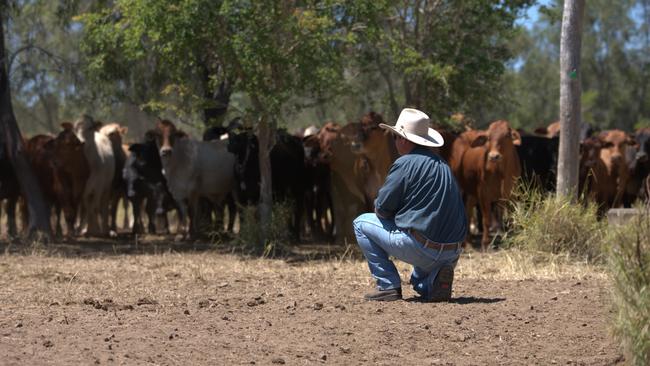Our carbon market is an investment in our future

The recent announcement by carbon project developer GreenCollar that it is leaving the federal government’s Climate Active scheme has created more of a stir than the news of the 100 or so companies that already have quit.
Why is the GreenCollar move significant? Because chief executive James Schultz has used it to call out activists who are trying to wreck Australia’s world-leading carbon market with claims the scheme is giving fossil fuel companies a “licence to pollute”.
There are several different issues to unpack here. First, some clarification about the Climate Active program, which was set up by the government to allow Australian companies to voluntarily use carbon credits, many of which were issued by relatively low-integrity, mainly overseas, carbon markets to offset emissions and claim “carbon neutrality”. This is very different from the government’s regulated Australian Carbon Credit Unit scheme, which issues only carbon credits approved by the Clean Energy Regulator that can be used to meet safeguard mechanism commitments and contribute to our net-zero commitments.

So Climate Active rightly has come under criticism for the integrity of credits that some companies have been using; there are indications the government will address these integrity issues to bring the scheme more into line with the rules of the safeguard mechanism. Such a move should be welcomed because it will reverse the distrust that has developed around Climate Active.
But that is not the issue that GreenCollar is addressing. The bigger issue is the question about the use of carbon offsets in the first place. GreenCollar rightly points out that Australia’s world-leading carbon market is helping to fulfil two very important national goals that we will not be able to achieve without a well-functioning market
First, the carbon market is allowing billions of dollars to be invested into our land sector by issuing farmers and other landholders with ACCUs, which will supplement farm income and build greater resilience into our landscapes when it is desperately needed. And second, a happy by-product of this investment is that ACCUs can be used to help achieve our net-zero goals.
And it doesn’t cost the taxpayer a cent. Yes, the carbon market initially was primed by the taxpayer funded Emissions Reduction Fund, but the private sector is taking over the heavy lifting to meet obligations under the safeguard mechanism. Yes, criticisms of carbon credit methodologies have been made, but the Chubb review conducted in the early days of the last Albanese government gave the market a clean bill of health, albeit with some fairly extensive recommendations on how to improve it. This included frequent reviews of methodologies by the Clean Energy Regulator, which are extensive and ongoing.
What is desperately needed is increased investment in these market frameworks. For example the regulator has taken on one recommendation, to develop an Integrated Farm and Land Management methodology, that will allow landholders to earn carbon credits through planting trees and improving soils. This is exactly the sort of investment our farmed landscapes need in the face of increasing climate stress and that farmers need so they can diversify income streams and build more resilient businesses.
An expansion of the safeguard mechanism to include more than the 215 emitting entities currently included would bring further private sector investment to bear to increase this crucial investment in our natural capital.
The Climate Change Authority is due to release its latest findings on progress to net zero; all the estimates seem to point to Australia falling behind its 2050 target by quite a large margin. There is significant potential to use our vast land resources to bring that deficit down. The government has a unique opportunity to use carbon markets to achieve the significant goals of driving further investment in landscapes and hitting net zero.
When I explain the framework we have in Australia to drive this sort of investment to people overseas, they are stunned. Most countries can only dream of having this sort of government-regulated mechanism for building investment in landscapes.
If the new government can follow through on its commitment to build a nature repair market alongside the carbon market, it will be an even greater achievement for the global audience to admire.
With the potential of the COP31 climate conference coming to Australia in 2026, there will be no greater opportunity for the government to show how our natural capital markets can drive investment in landscape repair and help achieve our net-zero commitments.
Alasdair MacLeod is executive chairman of Macdoch Australia, which includes carbon project developer Atlas Carbon.


